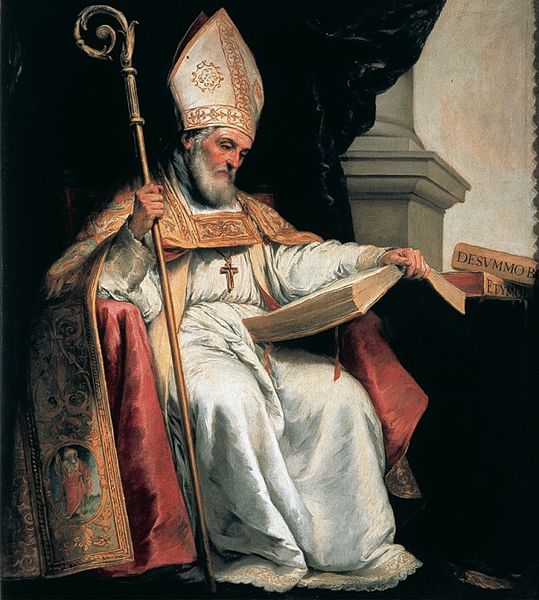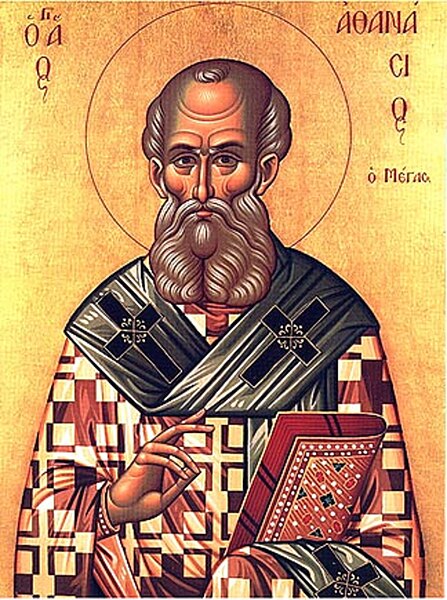Doctor of the Church, also referred to as Doctor of the Universal Church, is a title given by the Catholic Church to saints recognized as having made a significant contribution to theology or doctrine through their research, study, or writing.
Isidore of Seville, a seventh-century Doctor of the Church, depicted by Murillo (c. 1628) with a book, which is a common iconographical attribute for a doctor
Hildegard von Bingen was an eleventh-century Doctor of the Church, depicted here by Marshall with a book, the common iconographical attribute for a doctor.
The Four Great Doctors of the Western Church were often depicted in art, here by Pier Francesco Sacchi, c. 1516. From the left: Saint Augustine, Pope Gregory I, Saint Jerome, and Saint Ambrose, with their attributes.
Image: Gregorythegreat
The Church Fathers, Early Church Fathers, Christian Fathers, or Fathers of the Church were ancient and influential Christian theologians and writers who established the intellectual and doctrinal foundations of Christianity. The historical period in which they worked became known as the Patristic Era and spans approximately from the late 1st to mid-8th centuries, flourishing in particular during the 4th and 5th centuries, when Christianity was in the process of establishing itself as the state church of the Roman Empire.
The Church Fathers, an 11th-century Kievan Rus' miniature from Svyatoslav's miscellany
St. Athanasius, depicted with a gospel book, an iconographic symbol used mostly for priests and bishops as preachers of the gospel
The Four Great Latin Church Fathers by Jacob Jordaens
Print of Jerome in his study. Preserved in the Ghent University Library.








